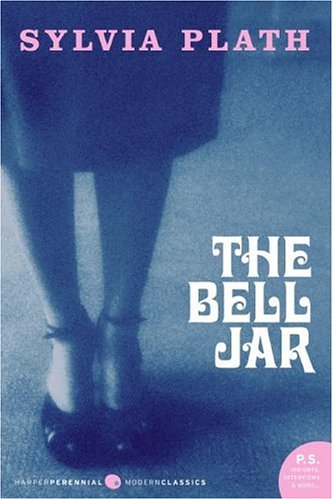The Bell Jar // Sylvia Plath

After reading a biography of the author it became evident that there were many parallels between Plath and the character she had envisioned. Sylvia herself struggled to cope with depression, having attempted suicide numerous times, before eventually ending her life. The biography also showed that the supporting characters in the novel are based off people Plath knew; a man named Irwin, who appears in the novel under the same name, raped Sylvia.
Plath’s use of poetic language is captivating, and her account of mental illness is insightful. However, this novel isn’t just interesting, it’s immensely important. Plath highlights the stigma surrounding depression, the inequalities between males and females, and the struggles of young people living in mid-1900s America. It’s a timeless piece that still appeals to a wide audience today.
The novel lends itself to so many different types of analysis, being particularly suited for psychoanalytical and feminist research. For my A Level English Literature coursework I decided to focus on how characters were limited by the conservative nature of American society in the mid-1900s. To satisfy this topic I looked at the protagonists of The Bell Jar and The Catcher in the Rye, and discussed their experiences with gender roles, mental illness and socio-economic status. The juxtaposition of the characters of Holden and Esther made for a very interesting study that I’d love to continue with at some point.
Words by Tamyra Denoon